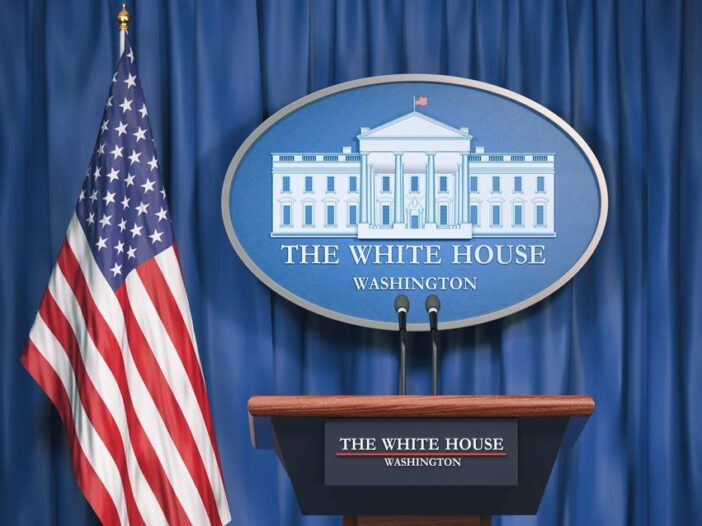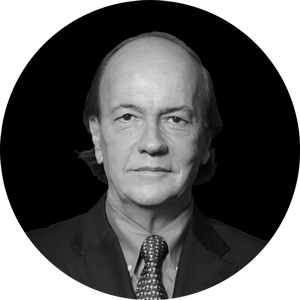Dear Reader,
In 2016, Jim Rickards accurately predicted that Donald Trump would win the White House.
At the time, his prediction was in stark contrast to what the polls were saying…or was it? In today’s Daily Reckoning Australia, Jim explains how he beat the polls back in 2016, and why he’s confident he’ll beat them again this year.
Read on for more.
Until next time,
 |
Shae Russell,
Editor, The Daily Reckoning Australia
[conversion type=”in_post”]
How I Beat the Polls
When I predicted Trump’s victory over Hillary in 2016, my forecast was not a lucky guess. It was based on a rigorous model. My model used complexity theory, behavioural psychology, history, and applied mathematics, especially Bayes’ theorem, both to shoot down the ‘Hillary wins’ narrative and to build the case for Trump from the ground up.
The first step was to reverse engineer the polls to get at a more accurate result. Polls typically showed Hillary with a five- to seven-point advantage nationally and about four points in some of the swing states. Based on polls alone, that would indicate a landslide victory for Hillary. But the polls were badly skewed.
In polling, you must decide if you’re going to poll all adults, registered voters only, or likely voters only. It’s easier and cheaper to poll all adults, but that’s not a good sample of those who actually vote since almost half of American voters don’t vote. Polling registered voters is better, but even that sample is flawed because many registered voters don’t vote either.
Polling only likely voters is the most accurate method, but it’s expensive because you have to screen out many points of contact and you have to ask more questions before you can make a determination that someone is a ‘likely’ voter.
Polling Democrats predicts a Democrat will win
The second step is to decide how many Democrats, Republicans, and Independents to include in the sample. There are more registered Democrats than Republicans, so it makes sense to include more Democrats in the sample. But how many more? Many pollsters were including, say, 58% Democrats and 42% Republicans (ignoring Independents for the moment).
The actual skew is about 54% Democrats and 46% Republicans. By oversampling Democrats, the polls are rigged to favour the Democratic candidate. (By the way, you can discover this information if you look at the polling company press release and appendices, not just by reading the headline numbers in the media. Most people don’t bother to get into this level of detail.)
Once you know these flaws, you can reverse engineer the result to produce something closer to an accurate poll. In late October 2016, polls showing Hillary with a four-point lead were actually showing Trump with a slight lead once you adjusted for the sample skew. That was an important clue that Trump would win.
How to gamble away your lead
Betting odds are also easy to reject as a reliable guide to election outcomes. The reason is that bookies are not dopes. Participants are betting real money. A bookie (or the computer equivalent) does not set odds based on whom he expects to win; he sets odds based on the weight of money. If a lot of money is betting Hillary will win, the bookie will give Hillary short odds and Trump long odds in order to make a spread regardless of who wins.
There’s good evidence that, because college-educated voters favour Democrats more than all voters on average, betting markets reflect higher-income participants who make more money (because of college) and therefore bet more money in accordance with their biases (because they can afford it). The problem is that in a voting booth, money doesn’t matter. You get one vote whether you went to college or not and whether you are rich or poor.
Betting markets provide useful information if you can discover the number of actual bets for one side or the other. My advice for analysts is to ignore the odds and ignore the money; just count the number of bets. That’s much more like the number of votes on election day. If you made that adjustment in 2016, you could also see that Trump was slightly ahead.
Finally, betting markets are easy to manipulate. If George Soros-sponsored groups can spread tens of millions of dollars around to support far-left causes (they do), then it’s just as easy to divert some of that money to paint the tape in the betting markets. That’s one more reason to discount what the betting markets say.
Just open your eyes and look out the window
In addition to reverse engineering the polls and deconstructing betting odds, I also rely on anecdotal evidence. Professional statisticians don’t use anecdotal evidence because it’s difficult to quantify and plug into standard models.
But elections are about the behaviour of real people and anecdotal evidence is the best indicator of what real people are doing. It may not be quantitative, but it is highly revealing, especially if you keep an open mind and look at both sides.
In the summer of 2016, I took a bus ride from Spokane to Moses Lake in central Washington state. A lot of my fellow analysts are flying around in private jets or glued to their computer screens. A four-hour trip on a Greyhound bus is a great way to make contact with everyday Americans and observe their farms and neighbourhoods.
I saw row after row of ‘Donald Trump for President’ signs in some towns and none for Hillary Clinton. That’s not a scientific poll, but it was good evidence that Trump has struck a chord with the American people and was going to outperform expectations.
All of these techniques apply today. The polls are still skewed (but can be reverse engineered). The betting odds are still stacked by the weight of money (but can be adjusted once you know the number of bets, not the amount of money per bet). Anecdotal evidence is still ignored, but it’s available and extremely powerful.
The other day I looked out on the Piscataqua River that forms the border between Maine and New Hampshire. I saw a motorboat proudly flying two American flags and a large ‘Trump for President’ flag. I have yet to see any Biden banners on any boats anywhere.
All the best,
 |
Jim Rickards,
Strategist, The Daily Reckoning Australia
PS: Discover why this gold expert is predicting a HUGE spike in Aussie gold stock prices. Download your free report now.

